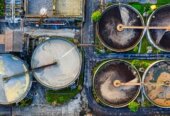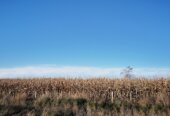26A benevolent Te Awamutu resident has donated a piece of artwork to Waipā District Council’s art collection depicting the atrocities of Rangiaowhia in 1864.
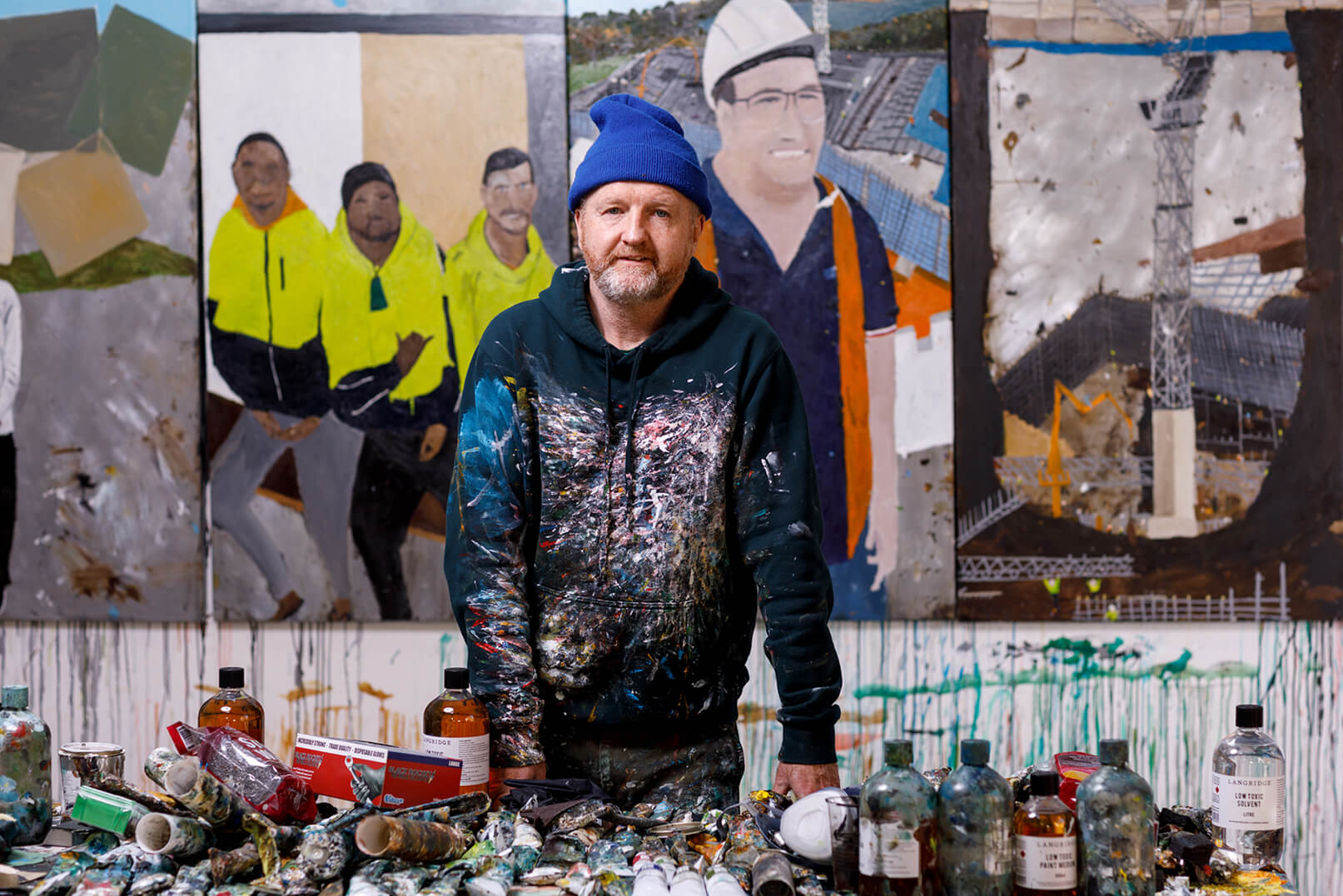
Richard Lewer in his Melbourne workshop. Photo: Supplied.
It was painted by Hamilton artist Richard Lewer who now lives and works in Melbourne, Australia.
The acrylic painting on canvas was part of the ‘What they didn’t teach me at school’ exhibition held at the New Zealand Portrait Gallery in Wellington this year.
It is one of 14 in the artist’s The Waikato Wars series which also included Rewi’s last stand at the Battle of Ōrākau and Kīngi Tāwhiao laying his patu down before being forced into the King Country.
“It truly was an incredible body of work to have made and looking back now I would have to say the best in my painting life,” Lewen, 53, told The News.
Waipā Museums and Heritage director Anne Blyth told the council this week the donor wanted to ensure the painting remained in the district. The work was valued at $18,000.
Her staff undertook an assessment of the artwork against the council’s Public Art Acquisition Criteria and it scored 28 out of 39, meeting the criteria for public art.
They also consulted Ngāti Apakura Runanga Trust chair Orrin Kapua who was supportive.
The work will initially hang adjacent to mayor Susan O’Regan’s office on the first floor so staff can see and learn about the stories associated with the art.
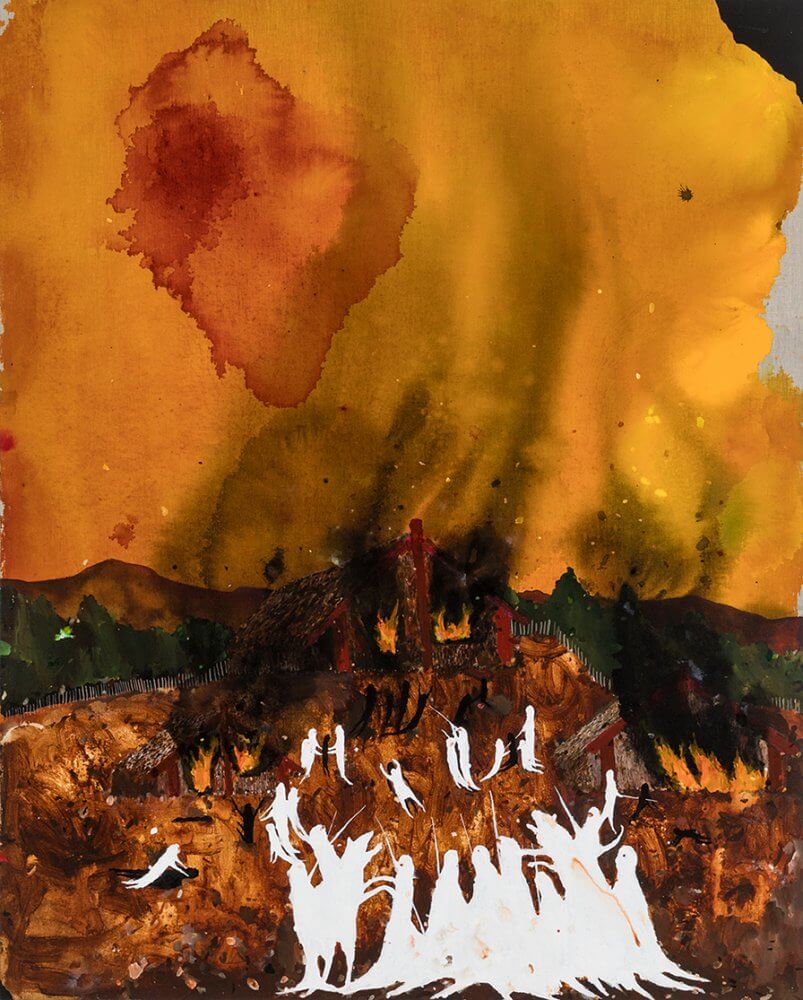
The Atrocities of Rangiaowhia
“Richard’s work frequently investigates difficult subjects. He felt it was important to acknowledge and explore the local wars to help him better understand New Zealand’s complex colonising history,” said Blyth.
The contemporary artwork created by a pākehā artist interpreted a significant and sensitive event in Māori history.
“The addition of this work to the council art collection will provide a challenging and thought-provoking piece regarding a key event in the history of Waipā,” she said.
Curator, writer and arts leader Blair French, a New Zealander also living in Australia, said Lewer created dramatic, dynamic but impressionistic scenes stained with colour.
“Māori defenders appear to fall from hillsides in bursts of red or are consumed in flames (based on the burning of a whare at Rangiaowhia with inhabitants trapped inside). The imperial and colonial forces are like manic, menacing apparitions, the most disturbing products to date of Lewer’s stripped back, stylised approach to rendering figures as ciphers of energy.”
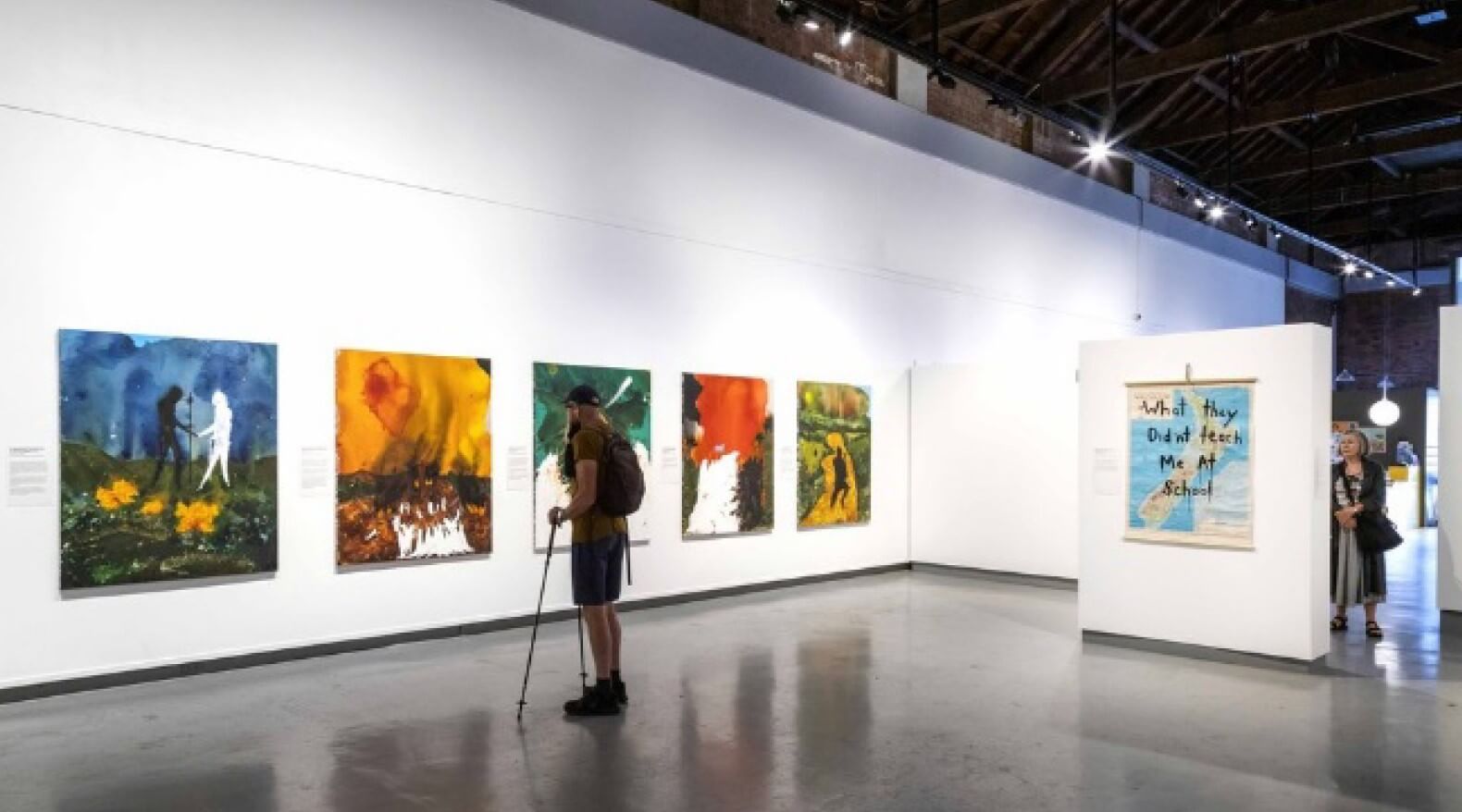
The Atrocities of Rangiaowhia on display at the New Zealand Portrait Gallery in Wellington. Photo: Jess O’Brien.
In his description, Lewer – who was educated at Hamilton Boys High School – said General Duncan Cameron ordered his troops to march around Paterangi defence and onto Rangiaowhia.
“Rangiaowhia was the economic hub of the Waikato, with the largest settlement of Māori, critical to supply the Kingitanga in the war effort. However, this was the place they’d sent their women, children, elderly and disabled. There was panic and terror amongst the people. There are conflicting views on how a whare with people inside caught fire.
Several people died in the burning building.
Lewer said when he was growing up in Hamilton he had no idea about Waikato’s history.
“I knew absolutely nothing and it’s embarrassing, it’s shameful.
“As an artist, I place myself in environments that challenge me to confront who I am, and where I fit in the world, this includes the past. It was really important for me to learn what happened in the Waikato in the 1860s and to try and process it,” he told the exhibition website.
“It might be a failure of our education system but it’s also a personal failure. I decided it was just as much my journey as anyone’s. It wasn’t easy and I still don’t know if it was wise. But I think as New Zealanders we all have a responsibility to understand, and I think my job, as an artist, is to uncover things.”
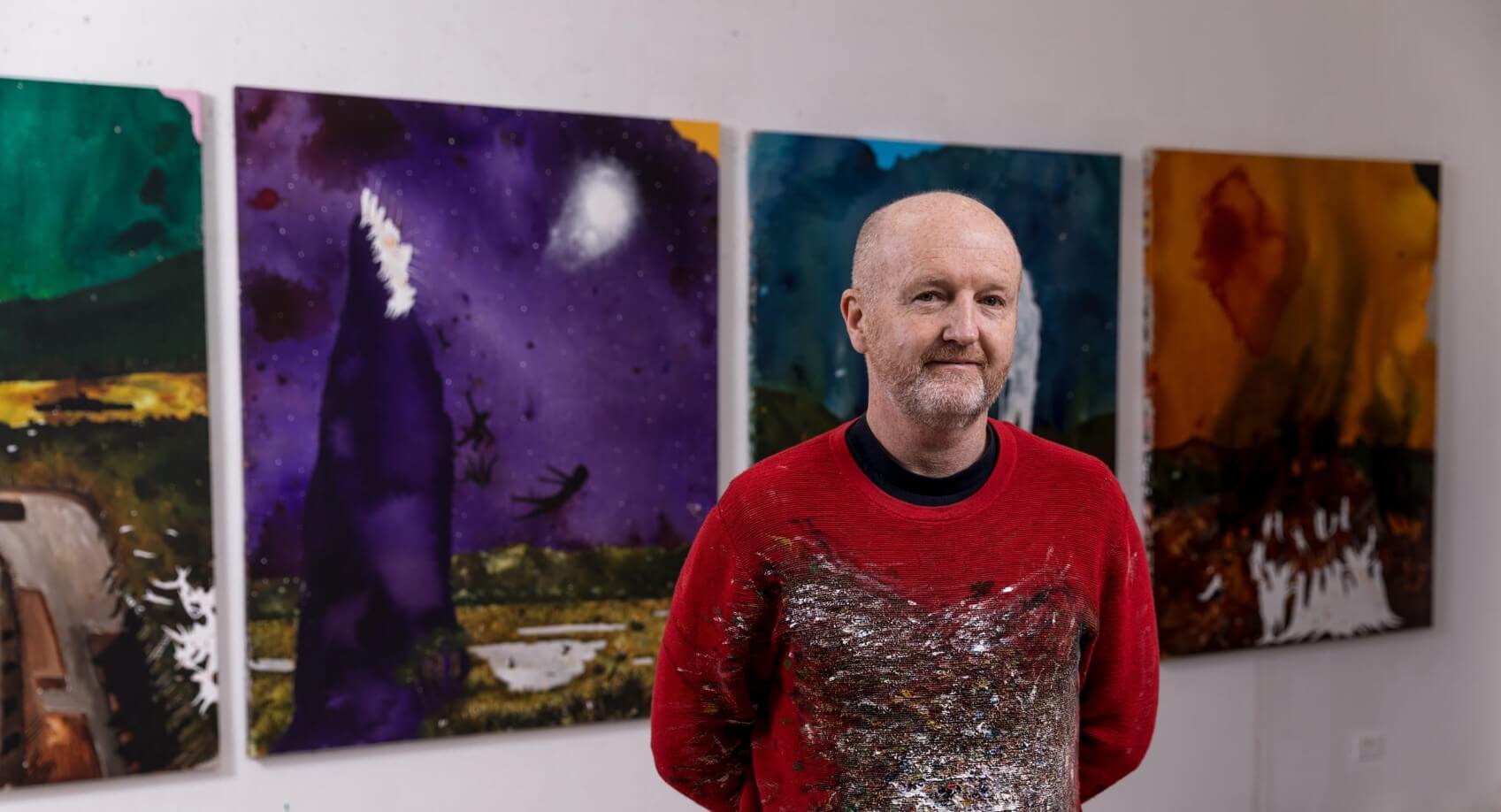
Richard Lewer in front of his exhibition at the New Zealand Portrait Gallery. His Rangiaowhia work is pictured right. Photo: Jess O’Brien.
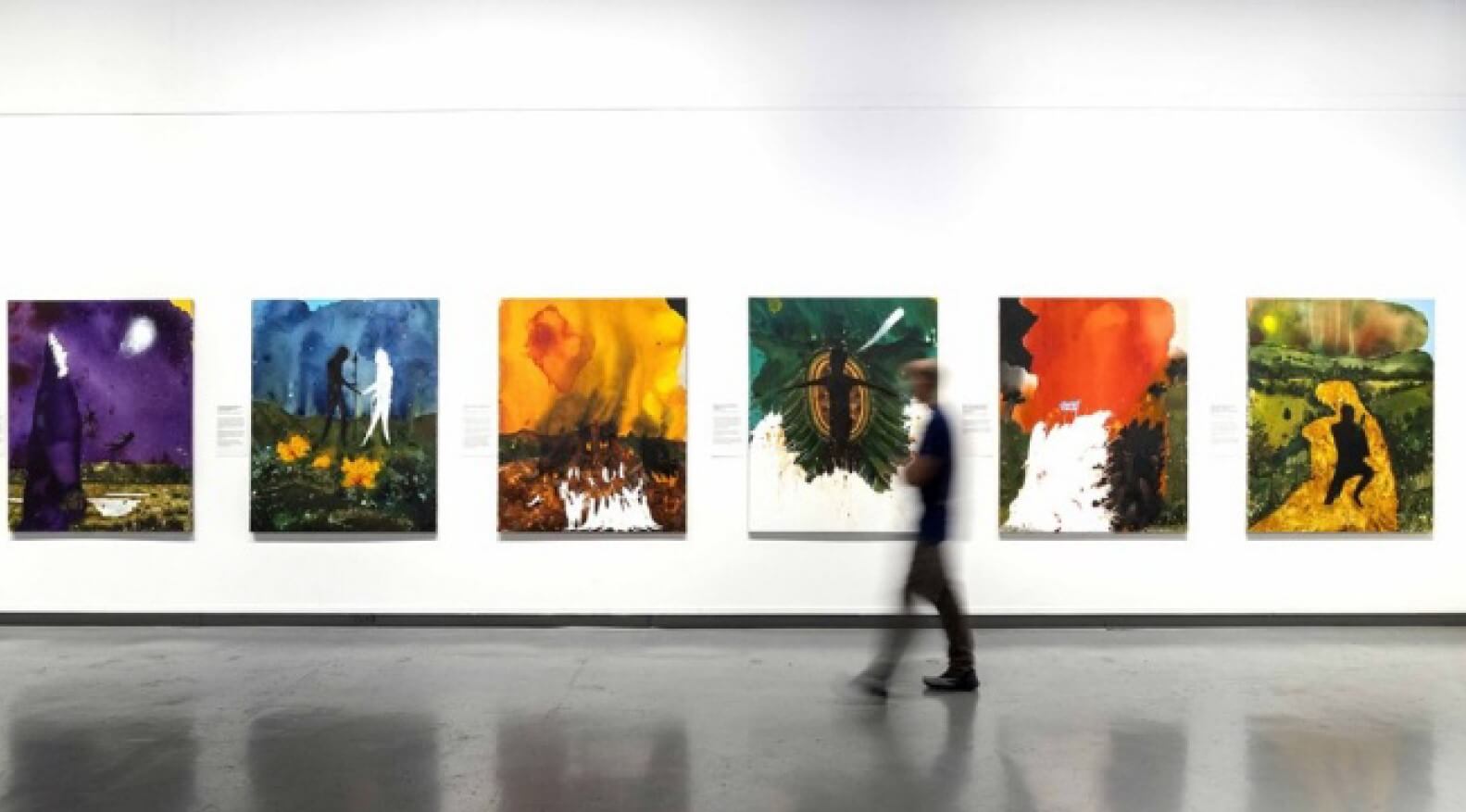
The Atrocities of Rangiaowhia on display at the New Zealand Portrait Gallery in Wellington. Photo: Jess O’Brien.







